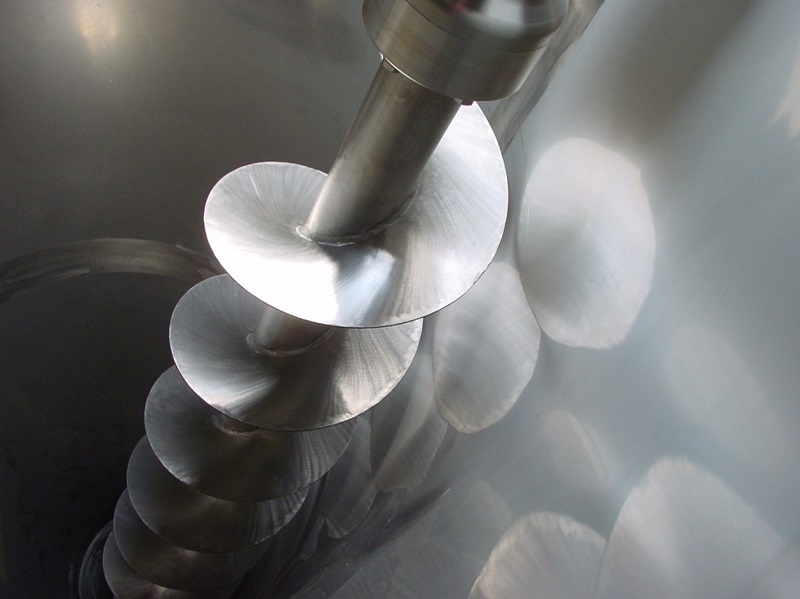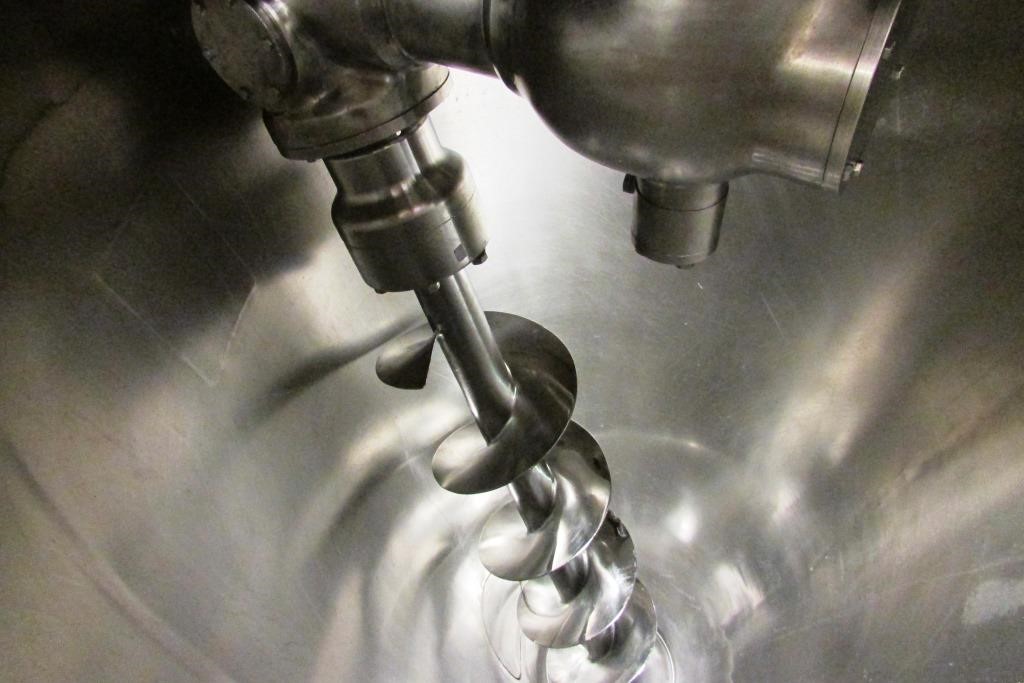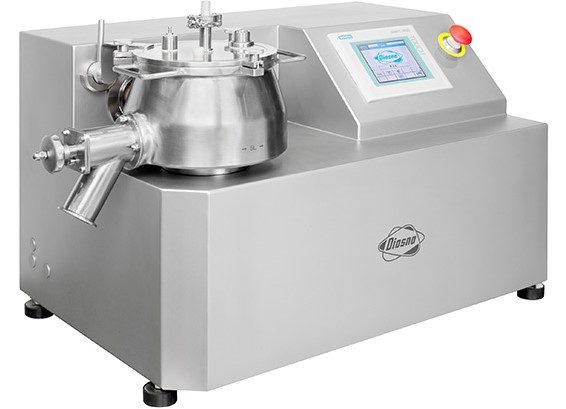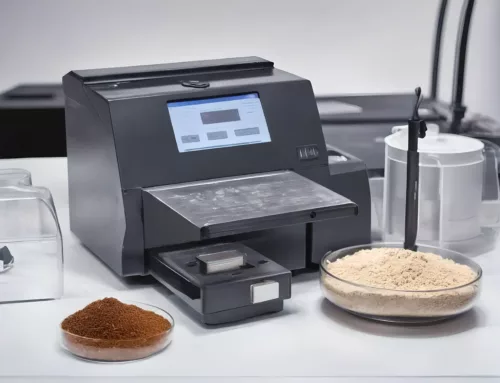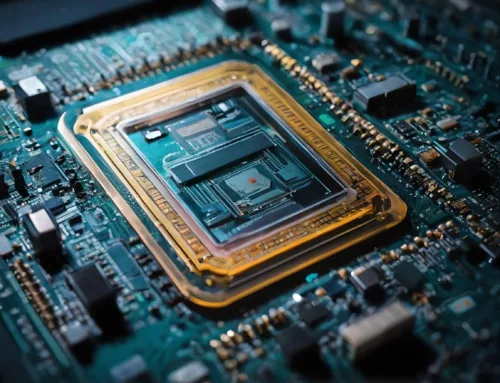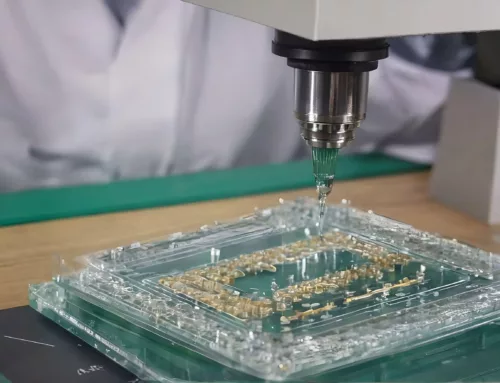Almost all chemical industries use mixing, but it is still one of the oldest and least understood processes in process engineering. Mixing can take place in all three phases (liquid, gas, and solid). In many fields, such as agriculture, food, pharmaceuticals, and the cosmetics industry, mixing is used to reduce non-uniformities and gradients in properties such as concentration, color, texture, and taste.As a result, we are focusing more on the solid-solid mixing process. Particles and powders are more difficult to mix than fluids, and quantitative measurements of dry solids mixing can be used to control mixing.In order to achieve a homogeneous mixture and to be able to determine the quality of the mixture, it is necessary to find and test discriminating parameters. The ideal mixing process should produce a uniform mixture in a minimum amount of time and with the least amount of energy consumption. Moreover, the mixing mechanism has a significant impact on the mixing efficiency. Three mixing mechanisms have been identified in solids mixing: convection, diffusion, and shear.
Shear Mixing
Mixing occurs as a result of particles interacting between the layers in a slip zone formed by shear stresses in the zone. Shear mixing usually occurs at both high and low speeds.
High shear
A high shear mixer is an essential piece of equipment used by industries ranging from pharmaceuticals and nutraceuticals to fine chemicals, cosmetics, and personal care. Often operating at exceptionally high velocities. High-shear mixers are used when conventional rotor-stator mills are not able to achieve homogenization. High velocity, high shear homogenizers can be more efficient for applications such as submicron homogenizing, high shear wet milling, and suspension micronization.Mixers with high shear deliver more shear energy than those with agitation. When mixed at high shear, a significant increase in shear power is generated, providing the necessary energy to achieve difficult emulsifications, homogenizations, etc.Better yet, high-shear mixers can usually complete a job in a shorter amount of time. Moreover, shorter process times can lead to significant savings when you consider that less energy may be required to achieve higher yields.
Low shear
A low shear mixing process can easily be translated to blending a product without reducing particle size in your mixing process. Mixing at low shear is a great option when you need to mix products that are easily combined.Next time you stir your coffee and notice how easily the cream mixes with the coffee, you can brag about your low-shear mixing skills.
Diffusion
A sloping surface allows particles to roll down and mix diffusively.
Convection
Convection mixing is obtained by deliberate bulk movement of packets of powder around the powder mass. In free-flowing powders, both diffusive mixing and shear mixing gives rise to size segregation and so for such powders convective mixing is the primary mechanism for mixing.
Our testing facility
Delft Solids Solutions has a testing facility, that simulates various industrial processes in regards to powder processing such as the Solids Mixing Process. We currently have the following mixing equipment in our testing facility. For diffusion mixing we make use of a cube mixer with two mixing units, the first is made of stainless steel and has a volume capacity of 3.5 liters, and the second cube is an acrylic glass cube which has a volume capacity of 8 liters. For the testing of high-shear mixing, we make use of a Diosna high-shear mixer with a volume capacity between 1 and 4 liters.
.
Nauta Conical Screw Mixer
Solids Mixing Process with the Nauta conical screw mixer
We currently await the arrival of our new Nauta conical screw mixer is a convective mixer with high mixing efficiency. It is gentle and guarantees the highest level of mixing accuracy without product distortion. The screw has an average speed of 70 rpm whilst the arm rotates at 1 to 2 rpm. The top speed of the screw can fluctuate between 0.5 and 2 m/s, making it suitable for all ATEX zones.Convective mixing of particles works through a rotating cantilevered (free-hanging) mixing screw conveys the product from the bottom of the vessel to the product surface. The mixing screw is suspended from an orbital arm, which rotates the mixing screw along the conical inner vessel wall causing shear.The mixer we will use for our testing facility is based on lab-scale testing, our unit will have a handling capacity of 5 up to 30 liters of dry solids volume.Specifically for our work in heat-sensitive and fragile powders our unit will include heating and cooling possibilities.We expect this mixer to arrive at our testing facility between Christmas and New Year’s, in order to be fully operational for 2022.Are you facing challenges, want to resolve issues, or need a second opinion, or want to brainstorm, please feel free to reach out to us at any time by clicking here.

